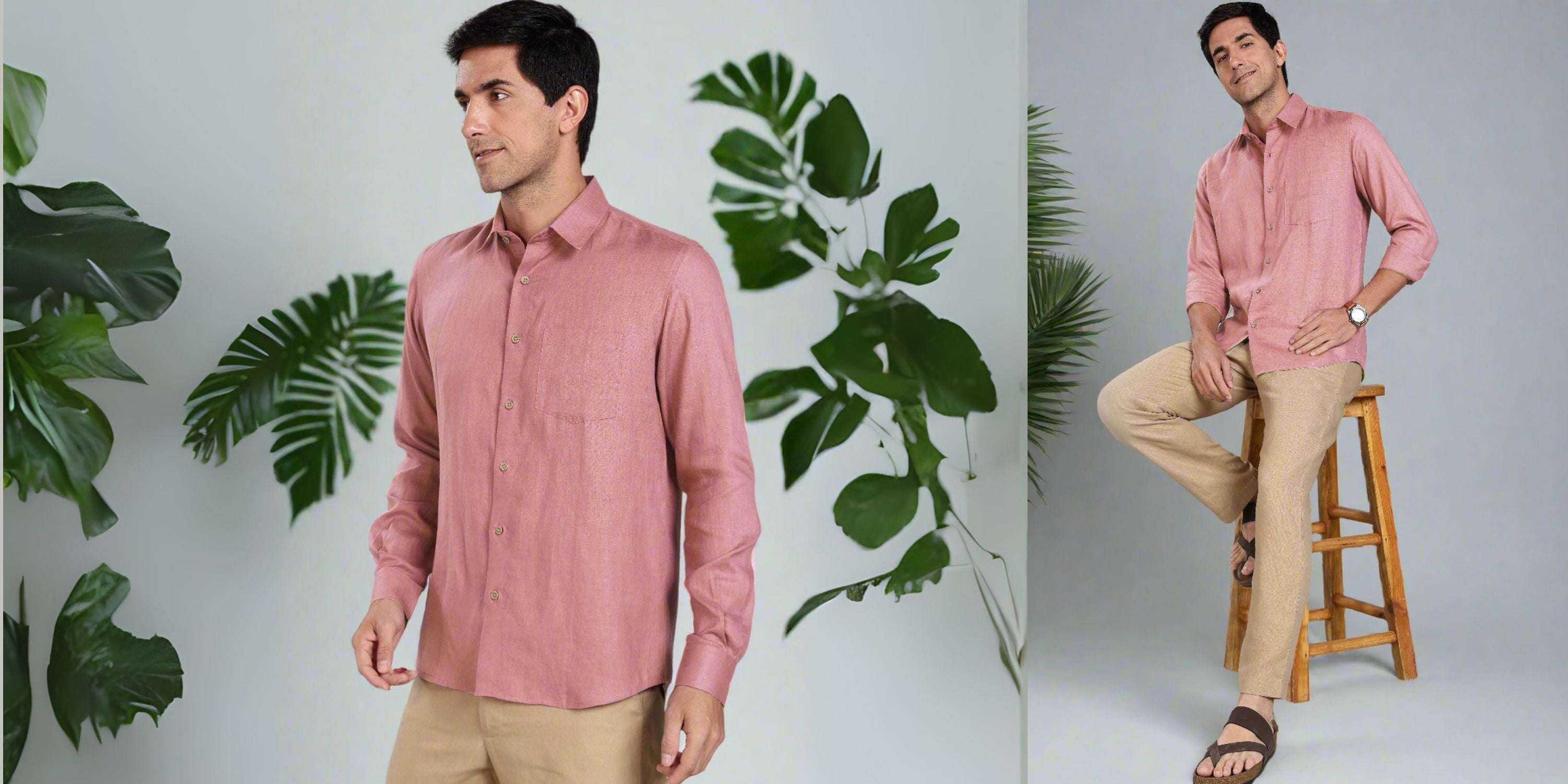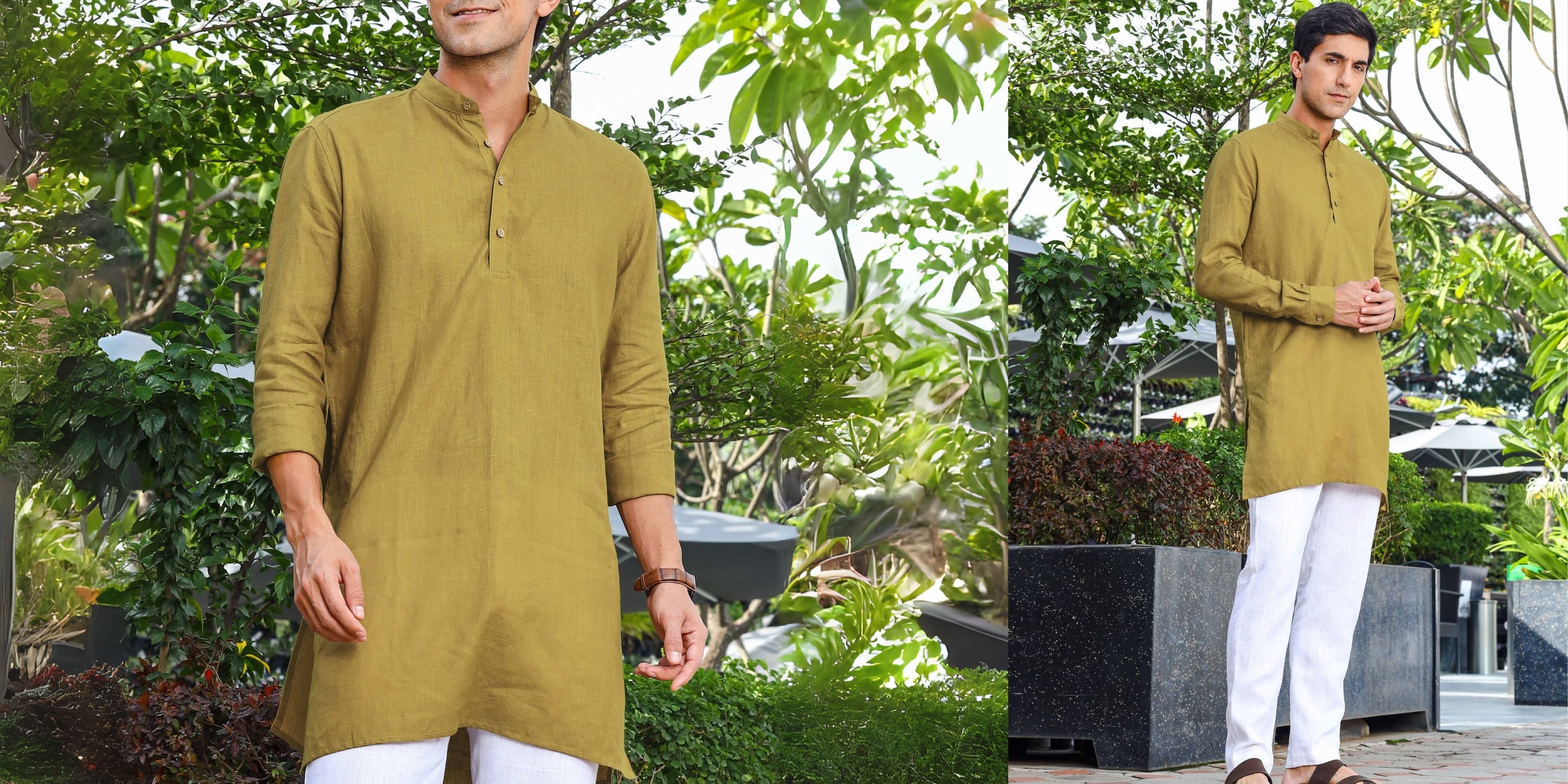The Dark Side Of Fashion – The Effects Of Textile Industry On Environment
 You go out shopping and you are thrilled at the collections spread out in front of you – there are so many designs to pick from, so many colours to fill your wardrobe and so many fabrics that you are not sure of what to pick and what to leave! You do remember to check the price tag on the cool looking jacket, but do you check what the outfit might have cost our planet?
You go out shopping and you are thrilled at the collections spread out in front of you – there are so many designs to pick from, so many colours to fill your wardrobe and so many fabrics that you are not sure of what to pick and what to leave! You do remember to check the price tag on the cool looking jacket, but do you check what the outfit might have cost our planet?
Is your outfit dangerous?
For most people, shopping for clothes is based on how it looks and feels on the skin – very few people are actually aware about what goes into making these clothes.
Here are some of the most popular fabrics and the truth behind them:
|
Polyester |
A synthetic fabric that is made from materials that are petroleum based. Not only does it take an immense amount of energy to manufacture this fabric, the air pollution due to polyester textile industry is close to dangerous levels. And in addition to the greenhouse gases, it also sheds microplastics into the water bodies. |
|
Rayon (Viscose) |
So, rayon might come from wood pulp and might seem like a better option, it is not! Production requires harsh and strong chemicals, which can easily wash off into local water bodies. Moreover, in order to source the wood pulp, there is often rampant deforestation. |
|
Nylon |
Yet another synthetic fabric that needs energy aplenty for production, but gives out just as much quantities of greenhouse gases. Non-biodegradable, this fabric will last longer than most living species on the planet! |
|
Leather |
Well, we need to only tiptoe into the world of animal cruelty, when we talk about leather – skins and hides of animals are ripped off, treated with intense chemicals, bleached or dyed with some more chemicals and then offered at ridiculous rates! The water pollution by textile industry such as leather is immense and several local water bodies are often certified ‘dead’ |
|
Silk |
Yet another example of animal cruelty has to be silk – silkworms are boiled in hot water to remove the fibers and then there is the fact that large amounts of pesticides are used during the rearing and harvesting process. |
|
Wool |
Although a natural fiber, wool too is not as clean as it might seem – where there is intensive farming of sheep, there is the chance of overgrazing and when there is overgrazing, there is the chance of soil erosion too. At times, there is usage of strong chemicals to clean or process the wool too. |
|
Dyed Fabrics |
You can never be sure about the dyes being used to ‘colour’ your pretty clothes – are they skin friendly, are they planet friendly? For all you know, the major water pollution due to textile industry is actually due to these dyes! |
That means cotton is safe! Or is it?
The effects of textile industry on environment can best be seen with this all-important cash crop:

- Being a prominent cash crop, it takes a lot of land to grow cotton.
- It takes more than 2700 litres of water to grow the cotton that is needed to make one t-shirt – that is the amount of water that a single person needs for drinking for more than 2 years! Scary much?
- 25% of all the chemical pesticides that are used globally are used on cotton crops.
Fast fashion flourishes on the concept of mass production, which automatically reduces the costs and because they are extremely affordable, the sales are also on the higher side. Given that cotton is one of the most popular cash crops globally, it comes as no surprise that it is often the lead star of this fast fashion trend.

What most people do not see is the damages that cotton cultivation can do to not only the planet, but also the people. It is one of the thirstiest crops in the world – this means that water, which is already becoming a precious resource, is being used to cultivate a crop rather than quench the thirst of a human.
Cotton crops are often a feast for pests, which means that plenty of pesticides need to be sprayed on them to protect them. These pesticides will not only seep into the soil, polluting it, but will also affect the water table and pollute it. And then there is no guarantee that the pesticide residue will not last in the clothes that you are wearing.
When there is an increased demand for cotton, more and more forests are removed to make space, but little thought is given to the loss of soil fertility, when cotton is planted over and over again. If one were to consider the rate at which soil degradation is happening, the decline in food production in less than 3 decades will be down by 30%!
Colour or cancer?
Close to 40% of the colours used all over the globe to colour or dye clothes contain chlorine that is organically bound and this is a recognised carcinogen. And then there the dye baths – these contain effluents, which could be a chemical cocktail of ammonia, heavy metals, any number of pigments and absolutely toxic solids.

Did you know that mordants, which are the substances that are used to ensure that the colours don’t bleed during wash, are extremely toxic?
The water that runs out from cotton processing plants and manufacturing units, especially where there are no checks and regulations, is one of the leaders of the textile industry water pollution contributors. Not only does it contaminate drinking water, but also affects aquatic life and the general ecosystem.
What Is the solution?
There are ways to reduce pollution caused by the textile industry and one of the easiest is to move to sustainable fabrics such as linen. Perhaps the sturdiest fabrics in the world, linen has been around for centuries and what was once the cloth used by royalty, was pushed into the shadows for the longest time.

However, with a resurgence in slow fashion, linen is back in the limelight and given that people are beginning to understand the benefits, there is a genuine trend towards it. Linen is one of the least damaging crops in the world of agriculture and textile – it needs almost no water, is completely biodegradable and will not lend to any textile waste pollution. While you can use a linen shirt for the longest time, when you do eventually discard it, the molecules that make up the fabric will disintegrate into the environment, within years, rather than millennia! There are no microplastics being discarded into the water bodies and there is no need for large amounts of power to process or produce.
So, maybe it's time to move to linen and if you are looking to buy linen clothes, then look no further, because Linen Trail is here for you!







